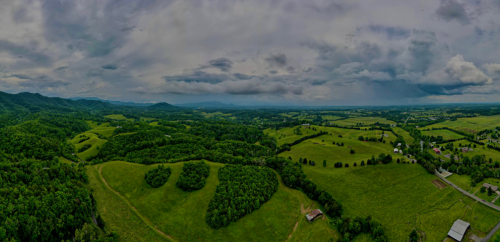As the U.S. continues to push forward on the important task of expanding broadband availability to all Americans without discrimination, it is important to understand the current state of play and how broadband networks are deployed today.
A new study by the Vernonburg Group released today shows what other studies and analyses have shown before—cable broadband networks are deployed equitably across a wide variety of demographics.
Equitable broadband access across income levels, race
Data shows that low-income areas have similar access to cable broadband service as their high-income counterparts. The report also reveals no digital disparities on racial grounds, with some majority-minority areas having even greater broadband availability. The exception is pockets of certain communities affected by the combination of factors such as geography and low density impacting the economics of deployment.
- Available to 87% of the U.S., cable broadband networks are widespread throughout the markets they serve, including in areas with high rates of poverty.
- The data shows that communities with higher rates of poverty—defined as at least 25% of households living below the poverty level—have similar access to broadband compared with higher-income U.S. households.
- Those communities with higher levels of poverty are only slightly (approximately 1-2 percentage points) less likely to have access to high-speed broadband than their higher-income peers.
- These trends hold true for 100/20 Mbps speed tiers, as well as faster broadband connectivity delivering more than 1 Gbps.
- Even the lowest-income communities, where over 60% of people live below the poverty line, are only 0.9 percentage points less likely to have access to 100/20 Mbps fixed broadband than the highest-income areas.
Rurality, not race or income, leads to minor differences in service availability
Where differences in access do occur, they often fall into scenarios where other factors, such as population density or highly remote communities, lead to the difference in service.
- Rurality may be the most important factor that determines whether a population, regardless of its racial or ethnic makeup or income profile, has access to broadband.
- These factors both make network deployment much more difficult and costly, as more infrastructure must be built across wide swaths of land to connect communities that are also made up of homes spread far apart. Again, this increases the cost, materials, labor, and time to extend a network.
As the data shows, cable broadband networks continue to be deployed across the country to communities of all income and racial backgrounds. Through decades of investment and billions of dollars in private capital, cable providers have built high-speed networks across the country and are continuously upgrading the technology and the quality of their service offerings.
